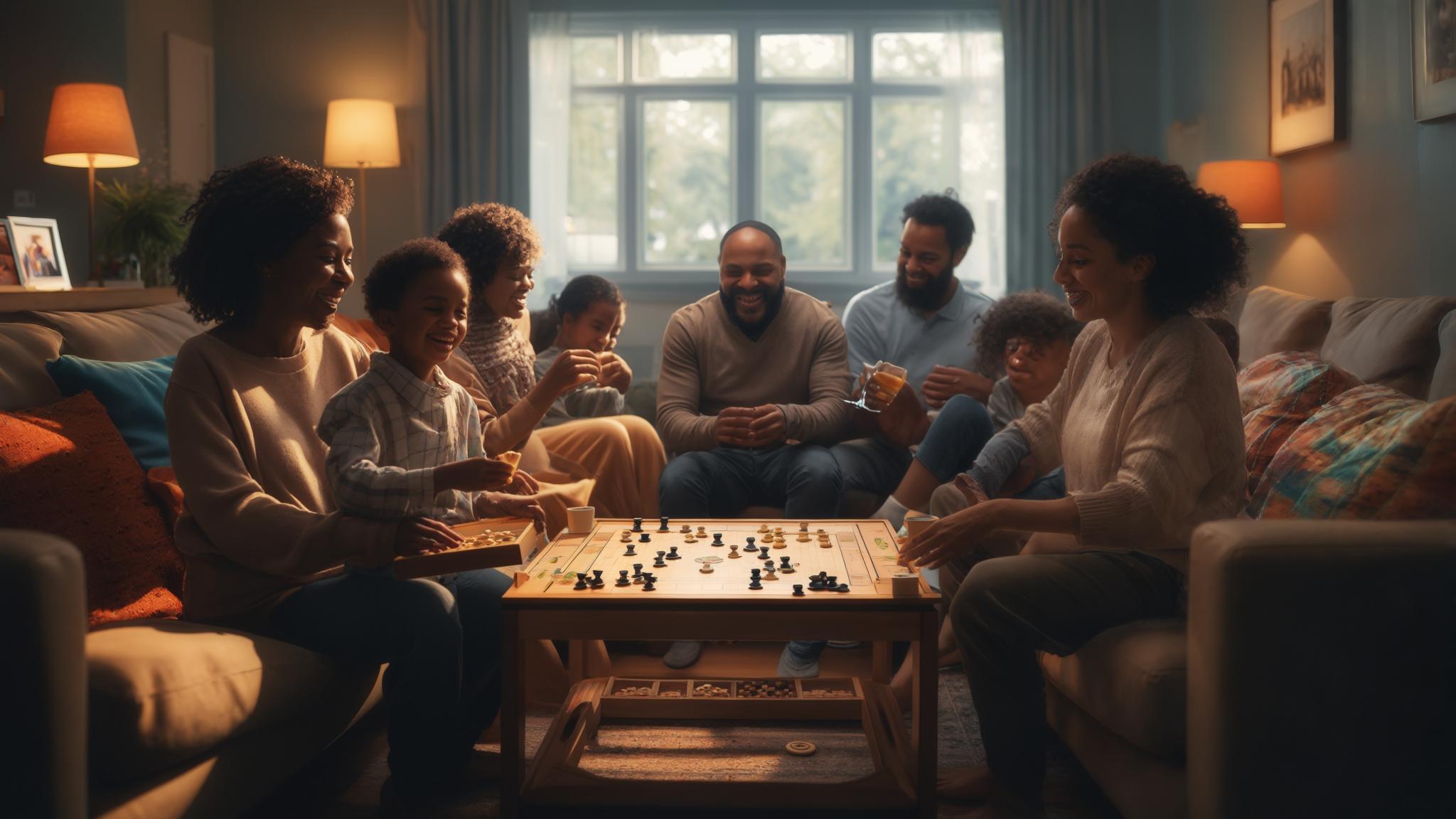Managing Blended Family Dynamics: How to Build a United and Happy Household
Introduction
Blended families, formed when one or both partners in a relationship have children from previous relationships, present unique dynamics that can shape the home environment significantly. These families can provide emotional richness and support but also face complex challenges. Understanding these challenges and proactively managing them is key to creating a united and happy household.
Unique Challenges and Opportunities of Blended Families
Blended families have the unique opportunity to embrace a diverse range of traditions and relationships. However, this blending can also create complexities that require thoughtful management. Potential challenges include loyalty conflicts, establishing new routines, and differing parenting styles. Each step in managing these dynamics is crucial for fostering a nurturing environment where every family member can thrive.
Common Challenges in Blended Families
1. Loyalty Conflicts
Children from previous relationships might feel torn between their biological parents and their stepparents, leading to loyalty conflicts. These feelings can cause tension, as children may worry about disappointing one parent while trying to bond with another.
2. Establishing New Routines
Creating new routines that incorporate all members of the blended family can be challenging. Established habits from previous households may clash, leading to confusion and resistance from children.
3. Differing Parenting Styles
Each parent brings their own parenting philosophy to the table, which can lead to conflicts in discipline, rewards, and expectations. Aligning these styles is vital for maintaining a consistent and fair household.
Strategies for Creating Unity and Cooperation
Effective Family Meetings and Clear Communication
- Regular Family Meetings: Schedule weekly family meetings where everyone can voice concerns, discuss schedules, and celebrate achievements. This approach fosters open communication, encouraging all members to contribute.
- Clear Expectations: Establishing clear rules and expectations helps create structure. Engage everyone in the discussion about household rules to promote ownership.
Strategies for Stepparents to Build Trust and Rapport
- Consistent Presence: Stepparents should strive for a consistent presence in their stepchildren’s lives. Their involvement can gradually build trust.
- One-on-One Time: Set aside individual time with each child to foster personal relationships without competition for attention.
- Patience and Understanding: Recognize it takes time for relationships to evolve. Be patient and supportive, and acknowledge the emotional adjustments everyone is making.
Navigating Difficult Emotions
Supporting Children Through Transitions and Emotional Adjustments
Children may struggle emotionally as they adapt to new family dynamics. Support can take the form of:
- Active Listening: Offer non-judgmental space for kids to express their feelings.
- Professional Support: Involve counselors or child psychology experts to help your children through complex emotions.
- Reassurance: Reassure children of their place in the family and that love isn’t limited, even when changes occur.
Role of Family Therapy in Blended Families
Family therapy can be immensely beneficial in navigating the intricacies of blended family dynamics. A trained therapist can help address:
- Communication Breakdowns: They can facilitate discussions that may otherwise become confrontational.
- Resolving Conflicts: Professional guidance can assist in resolving underlying issues with empathy and understanding.
- Strengthening Relationships: Therapy can strengthen relationships by promoting emotional intelligence and conflict resolution.
Conclusion
Blended families face a unique blend of challenges and opportunities on their journey toward unity. By employing effective communication strategies, fostering trust, and seeking professional help when needed, families can create a loving and harmonious environment. With patience and commitment, blended families can thrive and form lasting bonds that promote positive relationships and long-term harmony.

